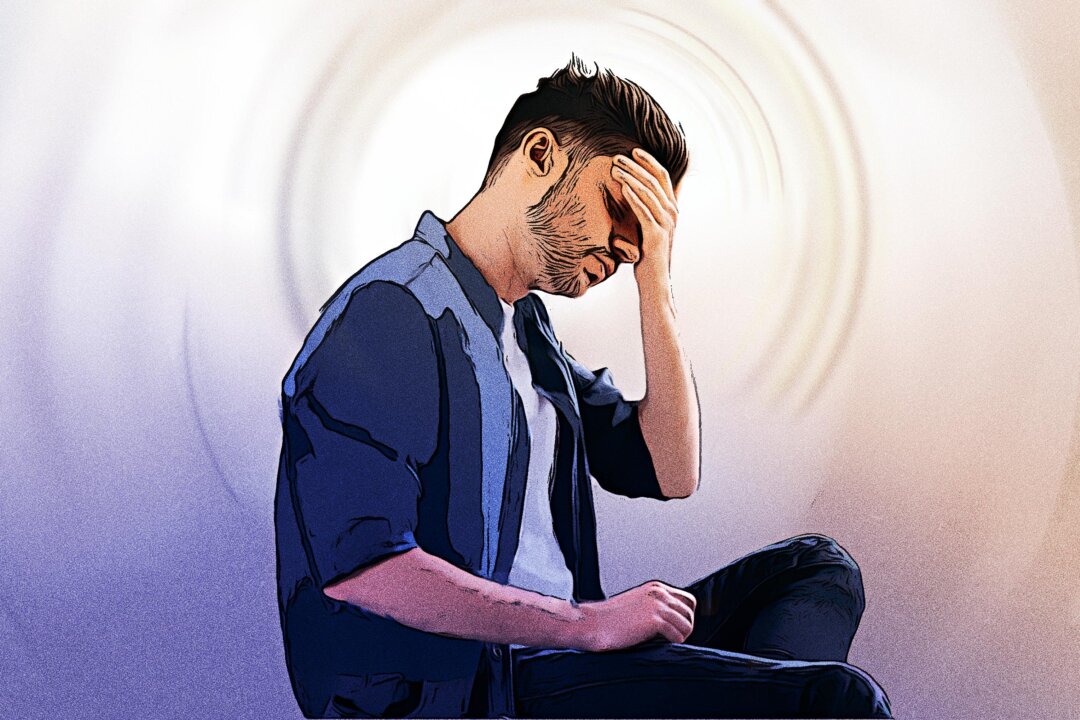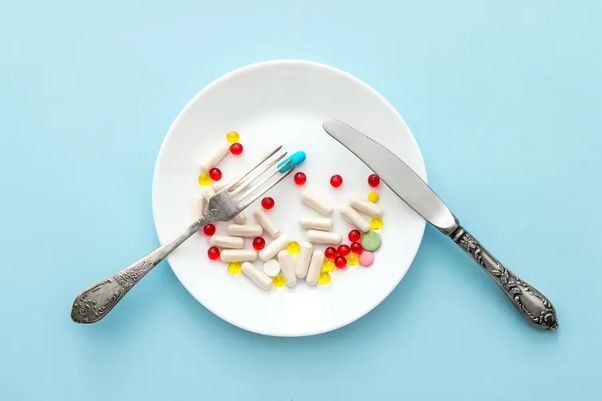Laura Kimbro held her son moments after he took his life and felt certain that he didn’t really want to kill himself. Nearly two years prior, Seth Kimbro had looked at his parents with fear in his eyes and asked, “Am I going to die?” He’d been rushed to the emergency room by a friend after his face smacked a large mailbox partially surrounded by tall weeds on a ride in a utility task vehicle. The 22-year-old had a gaping wound in his shattered chin, several breaks in his jaw, and busted teeth.
Both the CT and MRI scans showed no physical brain damage. The family was relieved. They put brain concerns aside and focused on the long road of physical recovery.

By all accounts, Seth was excelling in healing. He had lost weight with his jaw wired shut but was regaining muscle and—seemingly—confidence. He’d met a woman, proposed, and moved in with her.
He had a new job that he was excited about and was looking forward to his sister’s wedding. However, there were subtle signs that Seth wasn’t emotionally and mentally feeling like himself. He told his mom, who accepted the first available appointment for him to see a therapist which was not for 24 days.
Six days before the appointment, Seth took his life. PCS causes brain fog, headaches, nausea, memory problems, and blurry vision. The condition can exist with PCS depression, which causes personality changes that make it difficult for those concussed to reconcile the old self with the post-injury self.
They may also struggle with suicidal thoughts. PCS is difficult to identify through screening, and patients with symptoms often feel ashamed to share them, though experts say there are ways to heal from the injury and accompanying depression. “It’s a very convoluted injury because of how invisible it is and how it can be misinterpreted,” neuropsychologist Alina Fong told The Epoch Times.
Feelings of depression are most severe in the first two weeks after a concussion but can linger for months or even years. Severe traumatic brain injuries affect cognitive function, behavior, or physical abilities with short- or long-term brain damage and have long been associated with an increased risk of suicide. Anecdotal evidence that even mild TBIs could raise the risk of depression and suicide motivated researchers to examine the data.
Abnormal connectivity among neurons in areas of the brain responsible for cognitive and emotional processing Neuropsychological deficits associated with clinical depression Disease that slowly damages the brain by allowing phosphorylated tau—a protein that builds up in the brain and is a biomarker for Alzheimer’s disease—to accumulate around blood vessels and in the brain folds Fong recognized this early in her career working at Veterans Affairs Health Care with war veterans who often had normal MRIs. The uptick in cases was attributed to improved survival rates in blasts, likely due to better military equipment and medical care. However, veterans were often left with a range of symptoms that were misdiagnosed as psychiatric problems with little regard for brain trauma, she said.
Participants with both conditions scored significantly worse than those who had only concussion or depression on the screenings. Compared with healthy controls, those with both concussion and depression history had more altered alpha band synchronization—meaning the EEG illustrated how brain regions were not communicating well with each other. The authors noted that EEG and neuropsychological screenings could serve as objective measures for those struggling with depression after having a concussion.
Two bad car accidents within 53 days gave her a debilitating headache. Arehart told The Epoch Times she wasn’t able to write her name after the second accident. Brain scans revealed widespread damage, significant bruising, and swelling.
However, it was a year before a neurologist mentioned PCS to her. “I really don’t remember a lot of the last decade,” Arehart said. “I didn’t feel attached to my own body.
I got really down because I’m a very outgoing, happy person. The depression was horrible. I was really to the point where I didn’t think I could go on.
” While therapy was useful for her to learn how to forgive both drivers, her brain began to heal during long walks in nature. The outdoor excursions became so vital that she moved into a tiny home built on 50 acres, allowing her to spend as much time as she wanted in the woods. “I would sit in the woods and feel very nurtured or comforted or calmed down by nature,” Arehart said.
“I’d always find something that was a metaphor for rebirth or healing or a promise of something better to come. There were things I couldn’t come up with on my own that were just gentle reminders and gave me glimmers of hope. And it was the only time my headache wasn’t excruciating.
” She has relearned painting—her vocation—and has written two books about her experience to encourage others. One is a coffee table book of her nature photos, which she took daily to help remember her excursions and begin healing her brain. Fong said she has learned that intensive therapy can accelerate progress—helping patients return to normal activities more quickly—and often be more convenient.
Patients at Fong’s clinic complete therapy in a two-week window, spending entire days on-site. The program involves exercises to strengthen cognition, brain-muscle coordination, vision, balance, and sensory integration. It also incorporates a psychological component to support patients dealing with depression and suicidal ideation.
Whatever path to healing a patient chooses, Fong said it’s important to have a professional—ideally one knowledgeable about PCS—who’s available to talk to when suicidal thoughts arise. Talk to someone every day. Create a daily schedule—this is helpful for the brain—and stick to it.
Make a safety plan for what you’ll do when experiencing suicidal thoughts, including who to call if the thoughts persist. Exercise and stay active. Identify a place where you feel safe and retreat there as needed to shut out the world.
Being alone for long periods of time Alcohol, as it contributes to lethargy, impulsivity, and depression Drugs, including cannabis if possible Activities you know make you feel worse, such as unhelpful reminiscing Ruminating on suicidal thoughts, which can strengthen them Trouble with balance Sensitivity to light or noise Headaches Vision changes, such as fuzzy or blurry Fatigue and drowsiness Nausea or vomiting at the onset of injury Trouble concentrating Slower processing Trouble remembering new information Brain fog or unclear thinking Feeling sad, irritable, nervous, anxious, or panicked Difficulty regulating emotions or feeling more emotional Not finding enjoyment in things you used to enjoy Sleeping much more than usual Sleeping much less than usual Trouble falling asleep Trouble getting back to sleep Racing thoughts that prevent sleep Even when her daughter woke the Kimbros after a concerning phone call from Seth—one that indicated he was extremely sad and struggling that night—Mrs. Kimbro didn’t believe he would hurt himself. She could barely process the news when an officer called while they were en route to her son’s home to inform them of his death.
“Suicide did not enter my mind. If you knew Seth, he had so much life in him, so nothing made sense,” she said. The enormous grief of arriving too late is a feeling the family does not want others to experience.
Mrs. Kimbro has since devoted herself to learning about the condition and posting information about PCS and suicidal thoughts in medical clinics. She wrote a book about their experience called “Giving Light to Darkness,” and the family continues working to keep Seth’s memory alive.
If you or someone you know is struggling with suicidal thoughts, please reach out for help. You are not alone, and support is available. For immediate assistance, contact a mental health professional or call a crisis line.
.
Health

How Head Injuries Can Reshape Personality, Lead to Depression and Suicidal Thoughts

For months or even years after a brain injury, the risk of depression and suicide remains higher.















